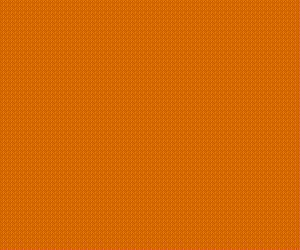-
 Home
Home
-
 News
News
-
 Colleges
Colleges
Pakistan's Largest Database of Colleges and Universities
Explore Largest Directory of Private and Govt. Colleges, Universities and find best institute for your future Education.
-
 Courses
Courses
-
 Admission
Admission
-
 Lectures
Lectures
-
 Online Test
Online Test
Short Question
- 9th Class Physics Short Questions
- 9th Class Chemistry Short Questions
- 9th Class Math Short Questions
- 9th Class Biology Short Questions
- 9th Class Computer Short Questions
- 9th Class English Short Questions
- 10th Class Physics Short Question
- 10th Class Chemistry Short Question
- 10th Class Math Short Question
- 10th Class Biology Short Question
- 10th Class Computer Short Question
- 10th Class English Short Question
-
 Past Papers
Past Papers
-
 Date Sheets
Date Sheets
-
 Results
Results
Exam Results 2024
Check online Results 2024 Matric Inter BA BSc B.Com MA MSc M.Com CSS PCS MCAT ECAT of all educational boards and universities in Pakistan
-
 Study Abroad
Study Abroad
Study Abroad Programs and Opportunities for Pakistani Students
Explore free study abroad search to find programs, consultants, events to study in USA, UK, Australia, China, Malaysia and many others.
-
 Jobs
Jobs
-
 Tutors
Tutors
-
 More
More
-
 Apps
Apps
9th class Biology Chapter 7 (English Medium)
9th Class Biology Chapter 7 Bioenergetics English Medium KPK Boards Online Mcqs
Try the 9th Class Biology Chapter 7 Bioenergetics English Medium KPK Boards Online Mcqs.
-
Total Questions12
-
Time Allowed15
Here you can prepare 9th Biology English Medium Chapter 7 Bioenergetics Test. Click the button for 100% free full practice test.
Top Scorers of 9th Class Biology Chapter 7 Bioenergetics English Medium KPK Boards Online Mcqs
-
O Omar Qureshi 30 - Dec - 2023 02 Min 49 Sec 12/12 -
I iftikhar Ali ghouri 16 - Oct - 2023 01 Min 12 Sec 11/12 -
T Talha Zubair 27 - Oct - 2024 01 Min 41 Sec 11/12 -
A Abdul Rehman 17 - Oct - 2023 01 Min 47 Sec 11/12 -
A Abdul Rehman 17 - Oct - 2023 02 Min 05 Sec 11/12 -
M Muhammad Asim 22 - Dec - 2023 02 Min 38 Sec 11/12 -
A Afshan Nabi 16 - Nov - 2023 05 Min 08 Sec 11/12 -
A Aena Saad 22 - Oct - 2023 01 Min 29 Sec 10/12 -
O Omar Qureshi 30 - Dec - 2023 01 Min 39 Sec 10/12 -
O Omar Qureshi 30 - Dec - 2023 01 Min 46 Sec 10/12 -
T Toheed Ahmad 10 - Nov - 2023 01 Min 55 Sec 10/12 -
H Hafsa1414 14 - Feb - 2024 02 Min 03 Sec 10/12 -
C Chanchal mal larrai 01 - Feb - 2024 02 Min 17 Sec 10/12 -
M Mqjid 10 - Feb - 2024 02 Min 24 Sec 10/12 -
O Omar Qureshi 30 - Dec - 2023 02 Min 47 Sec 10/12

.gif)
















.png)

